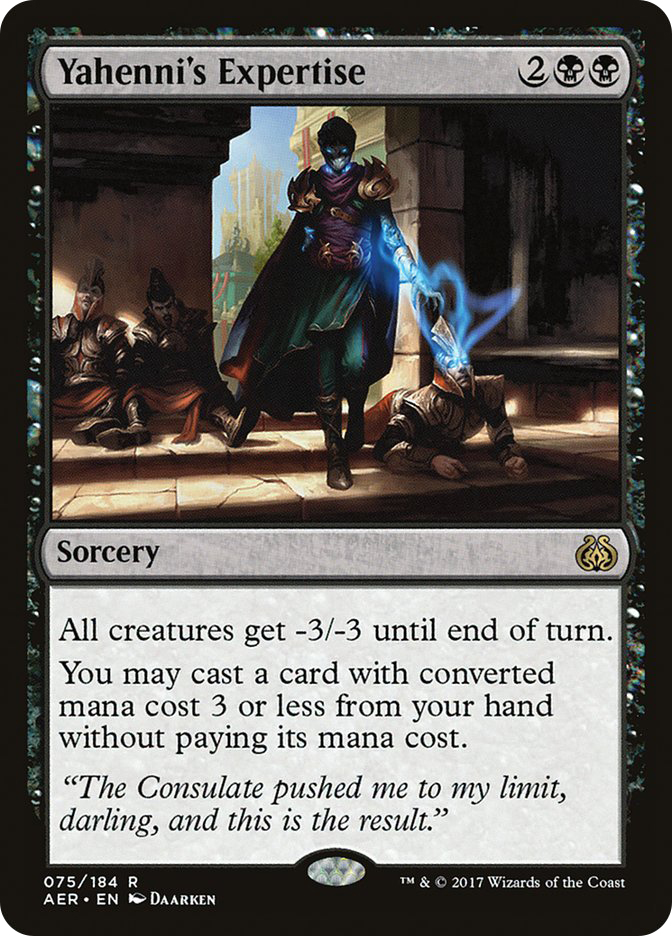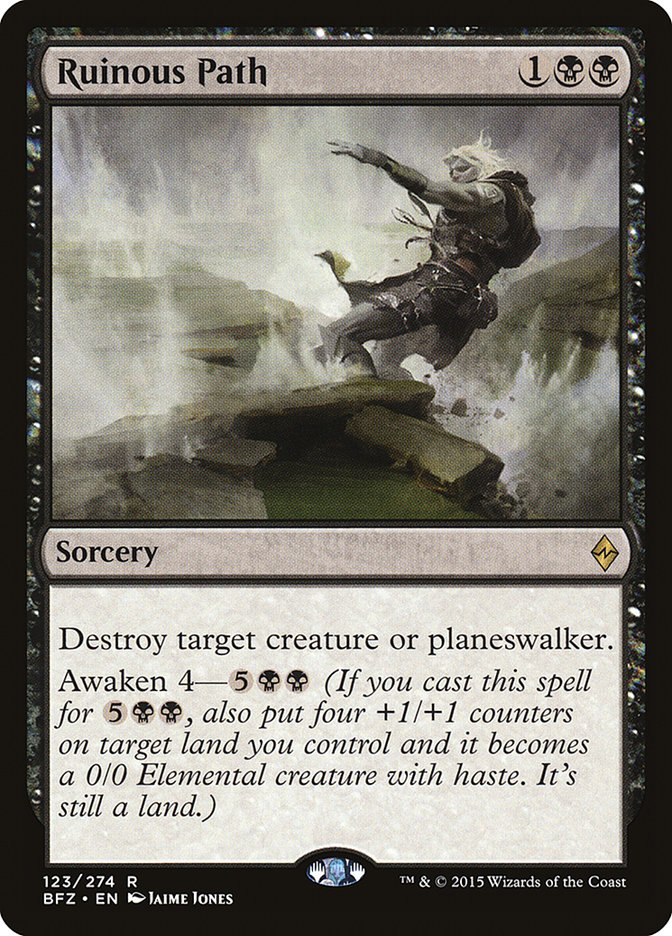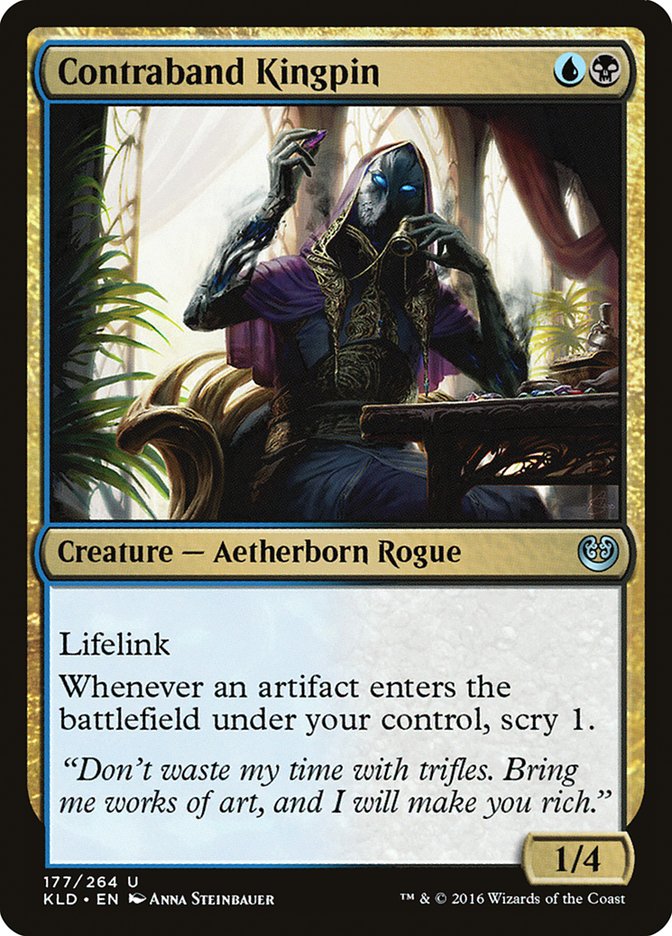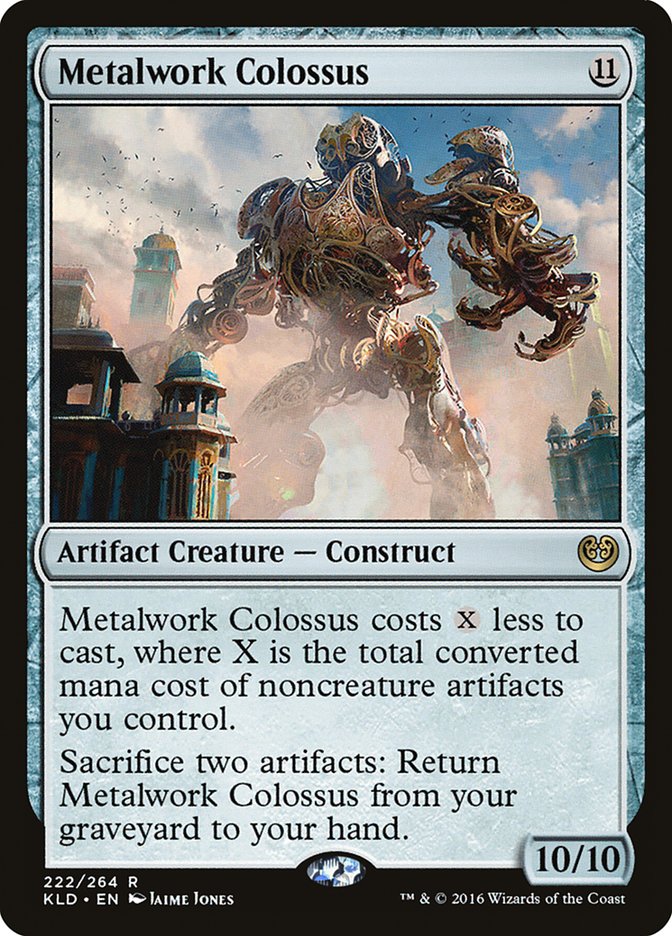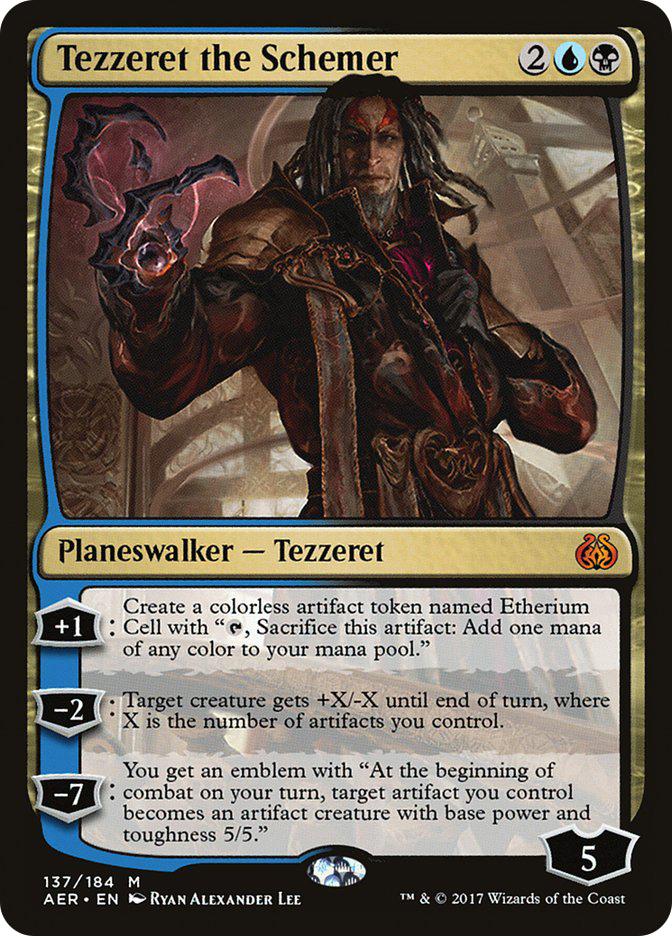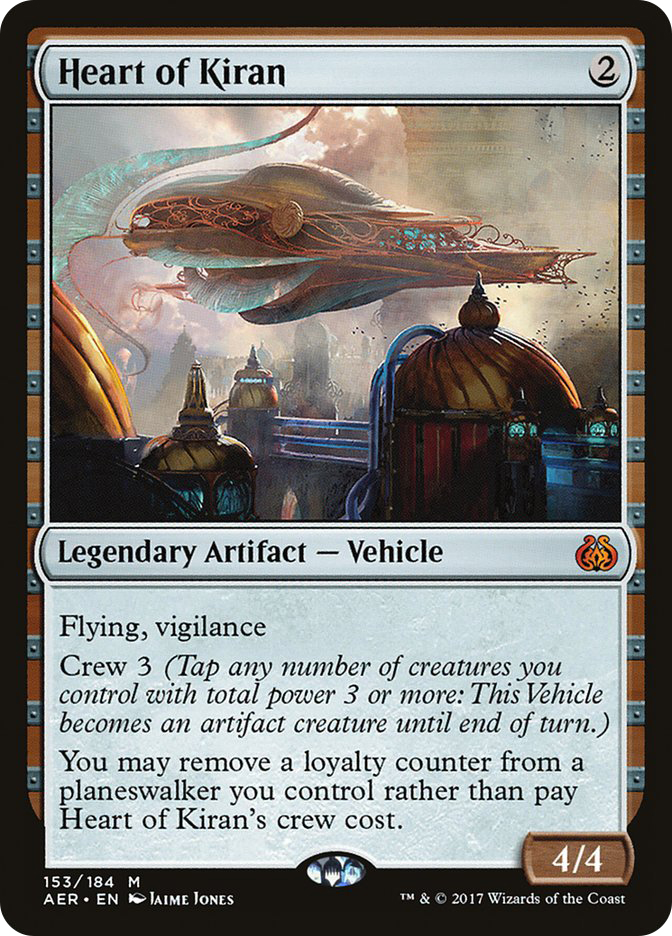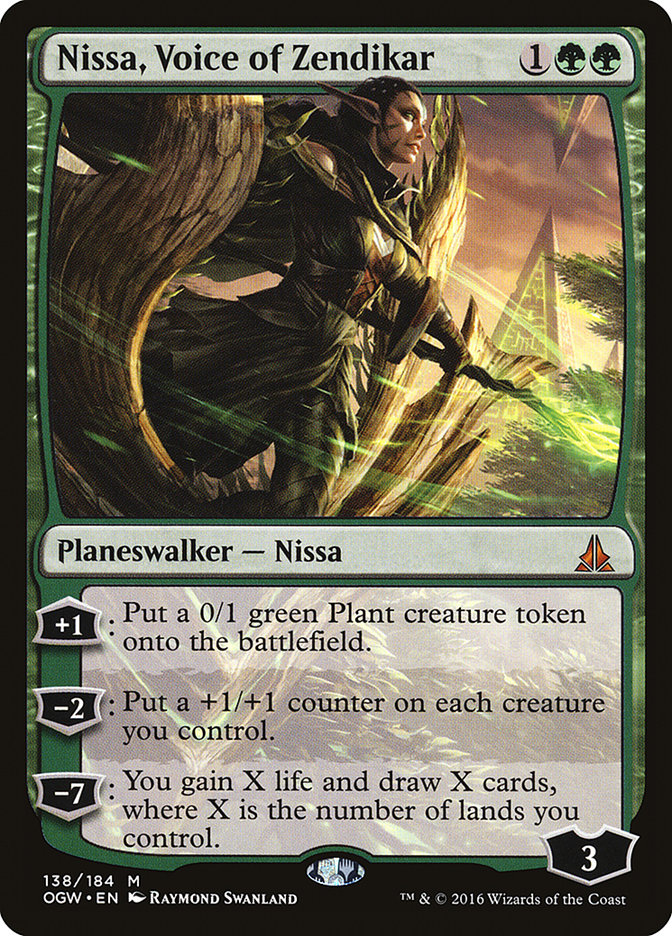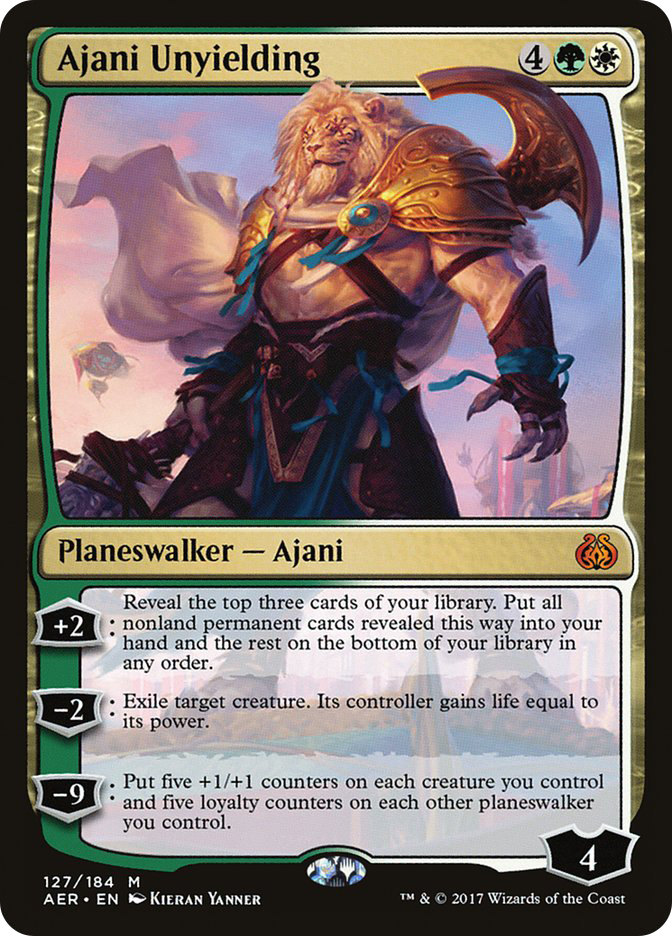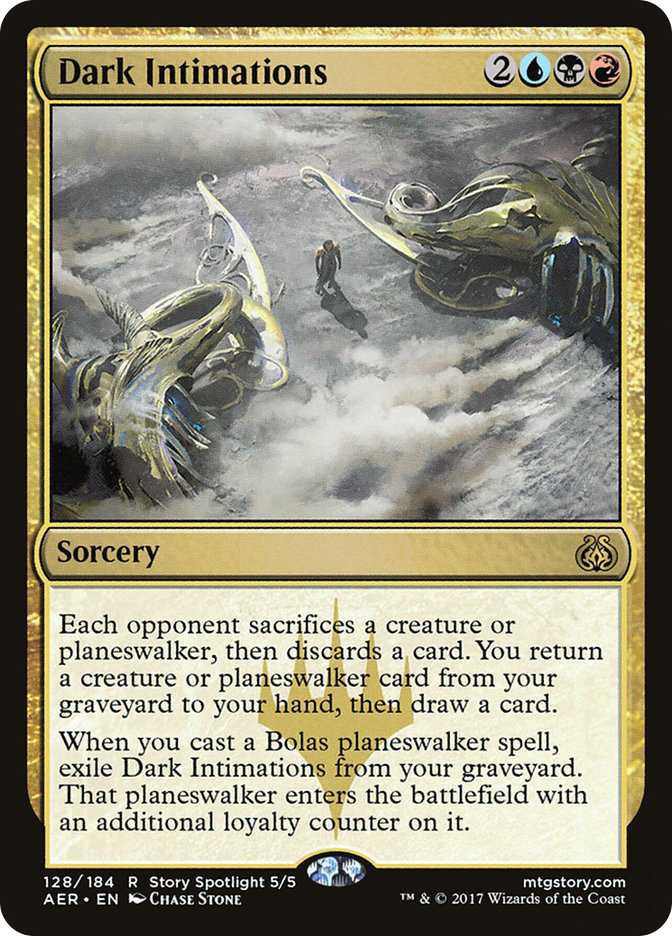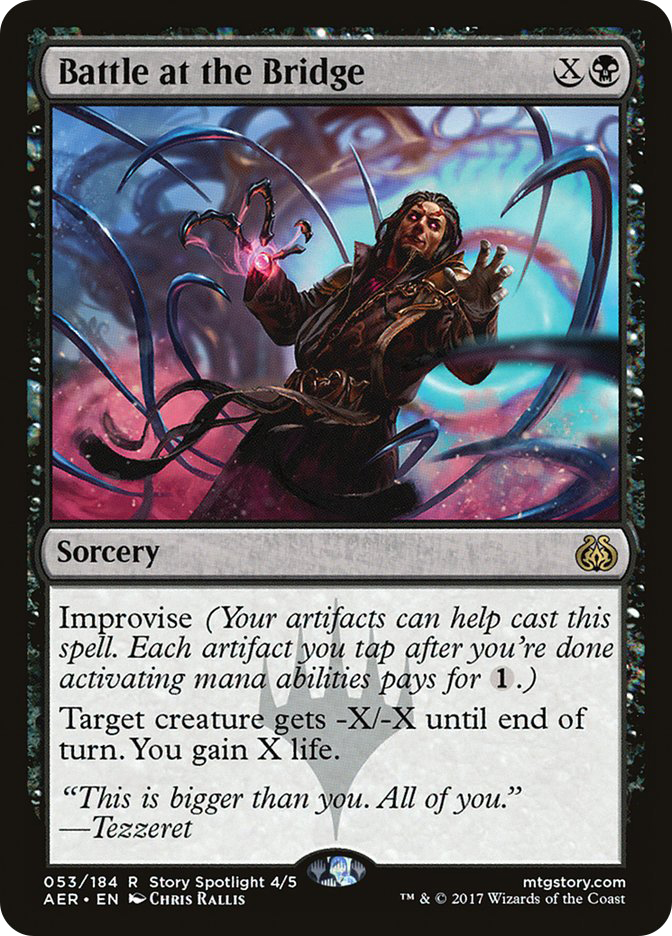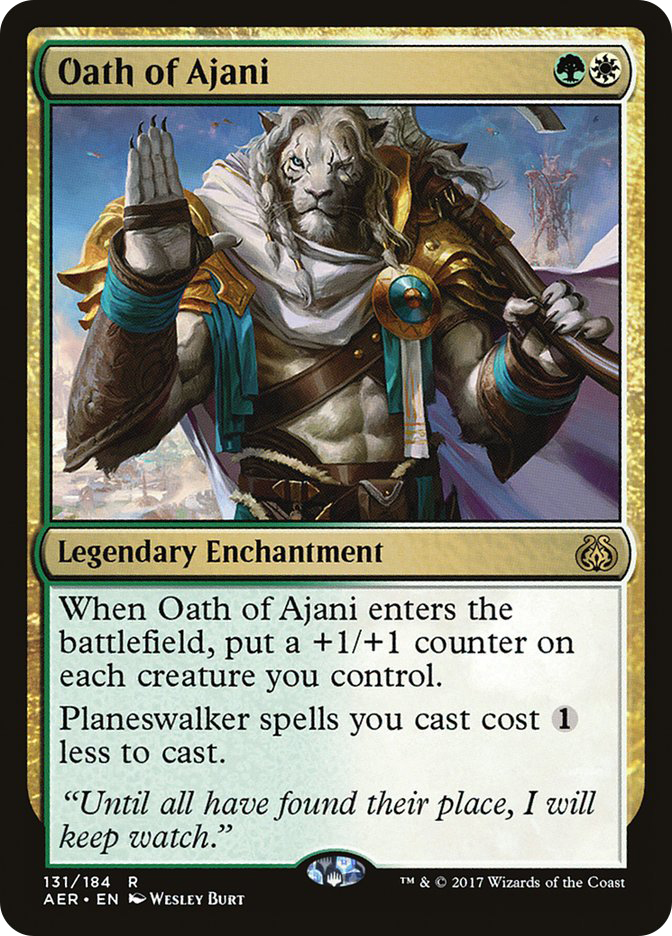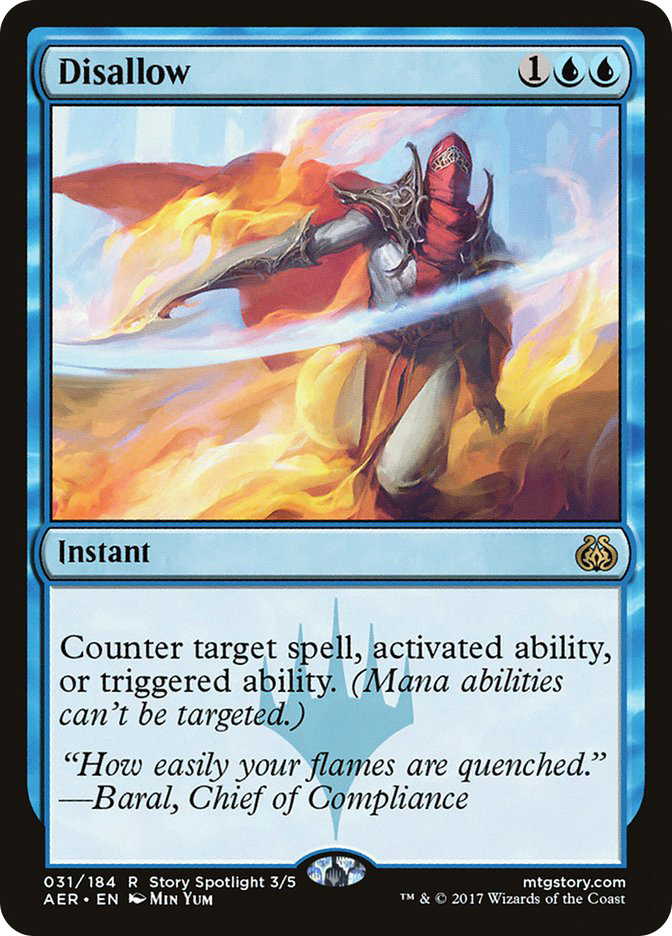We know just over a dozen cards from Aether Revolt, but it’s already clear that this set will have a major impact on Standard (not that that’s saying a lot, since every set does). My picks for the most significant so far are Yahenni’s Expertise and Heart of Kiran, both of which substantially change what’s going on in Standard.
Yahenni’s Expertise is a much more powerful card than Languish. Languish is a great card that substantially shaped Standard, but giving up killing creatures with exactly four toughness in exchange for getting 75% of your mana back is an incredible deal. How many creatures see play in Standard that cost one to four mana and have four toughness anyway? The first that come to mind are Grim Flayer and Kalitas, Traitor of Ghet, and that those are probably being played alongside the sweeper anyway. In other words, when you set up the giant Kalitas plus Yahenni’s Expertise sweeper blowouts, you get to keep your Kalitas.
This card is absolutely devastating for white aggressive decks like Dwarves and Humans. Radiant Flames already existed, but this is a single color, so it really increases the number of decks that can have this kind of effect, and it’s also just a more powerful card, since it only sets its caster back a single mana in overall development if they have something appropriate to do.
The big question around this card might be how to build a deck that maximizes the mana generated from it. If you build a traditional control deck where most of your cheap cards are removal and counterspells, you won’t have anything to do with the mana, and unfortunately, the best card draw spells (Painful Truths and Glimmer of Genius) don’t work with this.
The most obvious starting point is
Planeswalkers are always best on an empty battlefield, so clearing the battlefield and playing a planeswalker at the same time is great, and Liliana can make up for this card’s failing when compared to Languish by finishing off a four-toughness creature when it comes down.
Ruinous Path specifically is a good removal spell to pair with this, since it can kill opposing planeswalkers, so if your opponent curves into Gideon, Ally of Zendikar, you can recover by sweeping their battlefield and killing their Gideon in the same turn.
Any three-mana creature is obviously a solid-follow up, but you don’t generally want to fill your deck with cheap creatures and sweepers, though cheap four-toughness creatures obviously work extremely well here. Grim Flayer is the most obvious, but even something like Contraband Kingpin might not be out of the question (though it’s not an ideal use of the mana from Yahenni’s Expertise, it is a good thing to do earlier in the right deck), which leads me to the next point:
Artifacts, clearly, are ideal with Yahenni’s Expertise. Vehicles are a little awkward, since Vehicles are generally best with small creatures, but two possible exceptions are Heart of Kiran (which can be powered by planeswalkers instead, decreasing reliance on small creatures) and Cultivator’s Caravan, which can be desirable primarily as a mana source.
More broadly, Yahenni’s Expertise plays well with cards like Prophetic Prism and Metalspinner’s Puzzleknot. With most of the other options I’ve mentioned, the reaction is that yeah, these are good things to do with two or three mana, but why didn’t we just cast them on turn 2 or 3? Clearly, we might have just had two things to do with three mana and we could only do one of them, and that’s a common case and where we get the most value out of this card, but sometimes hands don’t work out that way. If you’re trying to play these two-mana cantrip artifacts, hands almost always play that way and they take lots of time to get down.
So what? We don’t generally want to play a bunch of these artifacts in Constructed. While that’s true, we’ve already seen some major incentives.
First, there’s Metalwork Colossus, which has already demonstrated proof of concept. It had a decent performance at Pro Tour Kaladesh but then largely fell out of the format when other decks were determined to be capable of improving further than it with tuning, but Metalwork Colossus strategies stand to make the biggest gains from Aether Revolt.
In addition to picking up Yahenni’s Expertise, Tezzeret the Schemer is potentially a strong planeswalker in this strategy, as it’s actually pretty good when its second ability is “-2: kill your opponent’s creature” and it has enough loyalty to power Heart of Kiran easily. More importantly, the archetype seems to be picking up an entire mechanic in Improvise. Obviously, Metalwork Colossus decks aren’t the only ones that can use Improvise, and it might actually be best in decks that make Servos and/or Thopters, but it is still naturally positioned to use the mechanic well.
Okay, now let’s look more at Heart of Kiran. “Crew 3” is tough, so this card isn’t replacing Smuggler’s Copter in that they go in very different decks a lot of the time, but I wouldn’t be surprised if Smuggler’s Copter loses a lot of stock with this excellent foil around.
It’s possible to design a creature deck that uses Heart of Kiran well. You’d want Toolcraft Exemplar, Veteran Motorist, and Scrapheap Scrounger as a start, maybe Lambholt Pacifist if you’re in green, but that’s not its purpose. If you’re trying to attack, you’d rather have the easier crew and the looting from Smuggler’s Copter.
Heart of Kiran is about defending planeswalkers (this seems like good flavor in a “Chandra’s Guardian Angel”-type way). The hope is that you cast Heart of Kiran, and now you’re prepared to win every planeswalker battle. When you cast Liliana, the Last Hope or Nissa, Voice of Zendikar on the next turn, your opponent can’t attack because they’ll run into a 4/4, and they can’t cast their own planeswalker, because your 4/4 will murder it.
That’s all fantastic in theory, and it’ll often play that way. The problem is, what happens if you have a planeswalker on four loyalty and your opponent attacks into your Heart of Kiran with a 3/3? Are you actually going to spend a loyalty to wake up your Heart of Kiran? If they have the removal spell, you lose your Vehicle and you lose a planeswalker that wouldn’t have died in combat otherwise.
On the other hand, can you really afford not to? Why did you put Heart of Kiran in your deck if you’re not going to block with it? But why would your opponent make this attack if they don’t have the removal spell? They know you’re the type to block there if you bothered putting Heart of Kiran in your deck. So they must have it, so you shouldn’t actually block…but on the other hand, can they really afford not to bluff if they don’t have it? How are they going to win if you have a planeswalker and a Vehicle and they’ve demonstrated that they don’t have removal and can’t attack? So they have to attack no matter what, so you probably have to try to block, right?
This is the kind of leveling game that can make Magic sweet.
Now, ideally, in practice, you’re not put in that spot. Instead, you have Heart of Kiran; Nissa, Voice of Zendikar; and a Plant token, and the stakes are much lower. If your opponent attacks, you can chump block with the Plant token or you can try to block, and if they have a removal spell, you lose the Heart of Kiran, but you still get to chump block and keep your planeswalker.
The point is, it’s great at giving planeswalker-heavy decks a good way to fight opposing planeswalkers, and it looks like a fantastic defensive measure on paper, but in practice, it might not play out to be quite as good on defense as it looks, but only if people build their decks in ways that respect it.
Despite the fact that it might not actually be a great blocker early, I still think the card is very good and will likely be a cornerstone of any decks with six or more planeswalkers in Standard.
Quick Hits
Tezzeret the Schemer is interesting. There are two primary ways it could succeed as a player in Standard. The first is that there’s something huge for it to ramp into; I’ve seen it suggested that it would be a major flavor win for this to ramp into Nicol Bolas. Even if you expect it to die most of the time, as long as you create a spot where it will live for one turn, it likely nets you seven or so life and two mana, and that can easily be what you need to cast Nicol Bolas, which is great if doing so is as game-ending as one might imagine.
The alternative is that there’s a deck that wants to play enough cheap artifacts that the -2 is a reliable removal effect, as a planeswalker that can come down against a single creature, kill it to clear the battlefield, and then kill the next creature they cast and still be around has to at least be worth considering.
Ajani Unyielding strikes me as a Nahiri, the Harbinger for two more mana. Yes, its first two abilities are each a bit better; the +2 nets you cards, likely more than one on average, while Nahiri only slightly improves your hand, and the -2 can kill a follow-up creature before it can attack, which is a big deal, but it can’t exile artifacts or enchantments and it gives the controller life, so on balance, it’s probably only roughly as good.
Finally, the ultimate is a lot less threatening, primarily because it takes an extra turn to build up to. Would I rather have Ajani Unyielding on the battlefield? Yes, a majority of the time I would, but the spots where I’d want to pay two more mana for the privilege seem extremely rare.
Quicksmith Spy and Quicksmith Rebel look like sweet Limited rares that are a little below Constructed power level, but the synergy with Key to the City is exciting enough that I’d say they might have some (small) chance.
Patrick Chapin has argued for Dark Intimations, calling it a four-for-one and comparing it to Tidings. The problem is that, while it is true that if I’m getting a four-for-one, I’d generally prefer to get some of that impact on the battlefield, too often making your opponent sacrifice a creature or discard a card isn’t worth anywhere near a full card. A large portion of the time, your opponent either won’t have a creature or won’t have a card, and an even larger portion, the creature will be a token or the card will be an unneeded land.
If my deck is about building up to a five-mana sorcery, I can’t have that sometimes function as a Divination that requires some setup (getting a creature or planeswalker in my graveyard). I think this card is both much harder to cast and much less powerful than Tidings, which is a good card, but not a great card to begin with. If Dark Intimations ends up seeing play, I think it will depend on its Bolas text, and even then, I think you’ll ideally want to get it into your graveyard without casting it, and we’ll likely have to wait until Amonkhet to know.
Battle at the Bridge is exciting to me. To start with, this is a Consume Spirit that costs one less mana and can be cast with other colors of mana, but can’t hit players. On top of that, it can kill indestructible creatures and deny regeneration, but more importantly, you can also use artifacts to cast it. The important point here is that this card isn’t out of the question, even without Improvise.
Having access to a big lifegain effect in the late-game is huge for control decks and this isn’t even that bad at killing creatures early. I’m not expecting it to be widely played or played in large numbers in decks without artifacts, but a deck like my G/B Seasons Past – The Great Aurora deck would be interested in playing one of these, even if it couldn’t use Tireless Tracker’s Clues to cast it, and speaking of, Tireless Tracker will still be around. This card is fantastic in a deck that will have a lot of cheap artifacts like Clues or other tokens lying around (or Lantern of Insight).
Oath of Ajani is another card that I think is pretty overrated. Yes, you can cast a four-mana planeswalker on turn 3, but you can do that with Servant of the Conduit, and while Servant is more fragile, it also continues doing things after casting the planeswalker and gives you mana you can spend on other things. If you’re going to use Oath of Ajani, you need to really want the counters, and this is just embarrassing as an improved Thrive compared to, for example, Nissa, Voice of Zendikar. (But you can play both! Yes, but how many Thrives do you really want in your deck?) I’m not sure this one is unplayable if you have one-mana creatures and a lot of planeswalkers and you’re going wide, especially if you’re playing Lambholt Pacifist and looking for another way to get it to four power, but this isn’t the kind of card that I’m seeing as a selling point to a strategy.
In practice, Disallow is a fairly small upgrade to Scatter to the Winds. Yes, it’s definitely better, but 90% of the time, you’re countering a spell with it. That being said, the other 10% is often a big deal, especially when you’re countering Emrakul, the Promised End’s triggered ability (interestingly, this card allows people to skip Summary Dismissal, which might actually be a net positive for Emrakul decks). Overall, I’m glad that it exists. I feel like we don’t see enough Stifle effects in general.
Looking at how these cards will impact the actual format we’ve seen in Standard, Yahenni’s Expertise and Heart of Kiran are both good tools against Gideon, Ally of Zendikar decks, and Disallow is a good tool against Emrakul. (I mentioned that it replacing Summary Dismissal may help Emrakul, but it’s nowhere near that simple; this makes it easier for those decks to have a good tool against Emrakul while remaining viable against the rest of the field, which should lower Emrakul’s total strength.) Yahenni’s Expertise should make Delirium even stronger against white aggressive decks.
Ultimately, I think it’s going to take more than Disallow to overthrow B/G Delirium and Aetherworks Marvel, especially since all the best cards we’ve seen so far are generally defensive, but we’ve seen little and yet already we’re seeing rewards for building decks in a different direction from what we’re seeing now, and that’s an important step.


